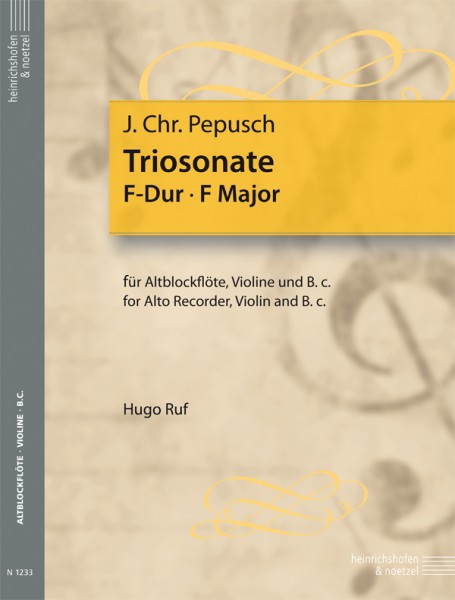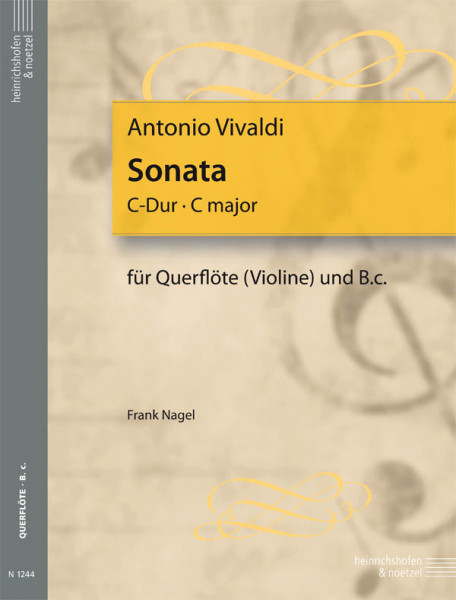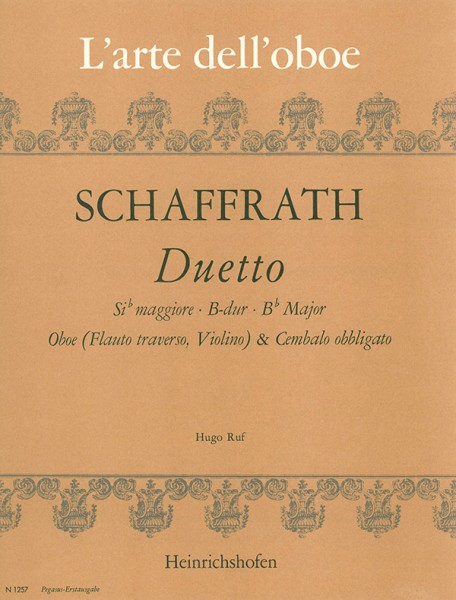No results were found for the filter!

Johann Christoph Pepusch
Triosonate F-Dur Dem Brauch der Zeit entsprechend können die beiden Solostimmen dieser gut gearbeiteten Kompositionen auf allen im 18. Jahrhundert gebräuchlichen Melodieinstrumenten gespielt werden. Empfehlenswert ist eine gemischte Besetzung (Flöte / Oboe / B.c. oder Flöte / Violine / B.c. oder Oboe / Violine / B.c.). Die erste Solostimme lässt die Ausführung durch eine Alt-Blockflöte zu. Somit erweist sich diese Sonate als wertvolle Bereicherung der Triosonaten-Literatur mit Alt-Blockflöte.
Mehr €14.00 *
Viewed



